Over the past year, in between workdays and perhaps while occasionally procrastinating, I’d sometimes surf over to the Slate Digital page and salivate over the ML-1 microphone and its many emulations. The Slate Virtual Microphone System self-describes as a “hybrid system that utilizes an extremely transparent condenser microphone, a sonically-neutral preamp, and state-of-the-art digital processing suite that recreates the tone of classic microphones and preamps.” I’ve always enjoyed the recording sessions where I’ve been able to use a 1073 Neve pre-amp or a Neumann microphone that’s more expensive than my car. But, can an emulation system approach the quality of expensive reality?
I picked up an ML-1 last month because they were on sale. I have been using the Slate Virtual Mix Rack for a number of projects, but I hadn’t yet ventured into using Slate hardware. Lately, my go-to microphone has been the Shure SM-7B. How does the ML-1 compare?
This past week, I tried the ML-1 on three different projects. I’m recording vocals on a new collaboration called “Anchors,” I’m revisiting some older songs on the piano, and I’m prepping this month’s podcast. I was very pleased with the ML-1 on straight singing applications. One of the emulations is the SM-7 and, honestly, I couldn’t tell the difference between the emulation and my own SM-7B. If anything, the ML-1 is constructed differently than the SM-7B and sound arrives at its capsule differently, but that affects the mechanics of things more so than the actual sound. While I liked all of the emulations, I particularly admired the Neumann 67 model on my voice. The top is much clearer than the Neumann TLM 103 I have in my mic locker.
I also tried the ML-1 on spoken word. I didn’t prefer the ML-1 on spoken material. Here is where the broadcast pop filter of the SM-7B comes in handy. I’m sure I could put the huge foam filter over the ML-1, but I didn’t try that. In the ML-1’s defense, I wouldn’t use a tube condenser on spoken word either. I bet the ML-2–the Slate mic designed for “instrument” applications–would produce a more favorable result for spoken word.
Bravo to Slate Digital for creating a wonderful piece of gear. I’m sure audiophiles could nitpick the ML-1 and tell us all why the originals are so much better. But for most of us who have lives, families, and a limited budget, emulation systems like the Slate VMS are a dream come true.
